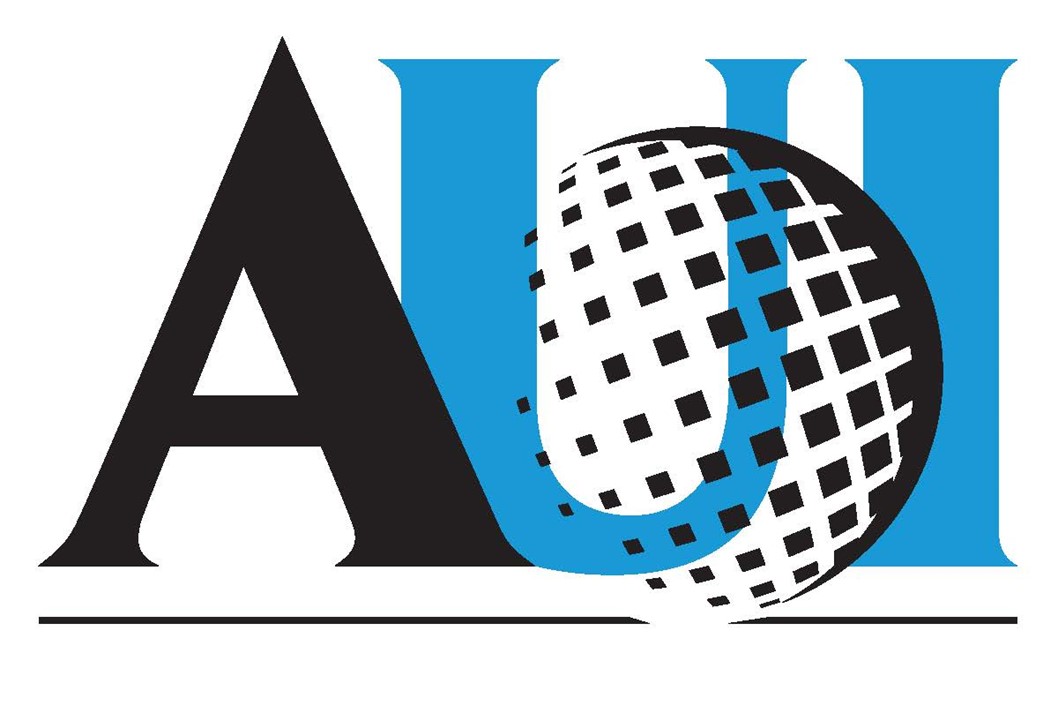The U.S. National Science Foundation National Radio Astronomy Observatory (NSF NRAO), in partnership with several leading Mexican universities and research institutes, has announced a series of landmark agreements and meetings aimed at advancing Mexico’s role in the Next Generation Very Large Array (ngVLA) project.
Recent News
Astronomers Discover a Superheated Star Factory in the Early Universe
Astronomers have uncovered a previously unknown, extreme kind of star factory by taking the temperature of a distant galaxy using the ALMA telescope. The galaxy is glowing intensely in superheated cosmic dust while forming stars 180 times faster than our own Milky Way.
Astronomers Share Largest Molecular Survey To-date: GOTHAM Legacy Data Goes Public
Astronomers in the “GBT Observations of TMC-1: Hunting Aromatic Molecules” research survey, known as GOTHAM, have released a spectral line survey with largest amount of telescope time ever conducted, charting more than 100 molecular species only found in deep space.
ASTRO ACCEL Announces Inaugural Cohort of Early Career Researchers
ASTRO ACCEL, an U.S. National Science Foundation (NSF)-supported initiative pioneering a global network of networks, brings together researchers and practitioners in the domains of astronomy education, engagement, communication and culture to connect stakeholders and advance these areas of research, proudly unveils its inaugural cohort of early career researchers. This elite group of eight individuals has committed to a two-year journey aimed at enhancing research and its application across astronomy education, engagement, communication and culture.
“I’m thrilled to be part of the ASTRO ACCEL cohort,” said Tshiamiso Makwela. “I’m excited about engaging in transformative science and leveraging the potential of astronomy as a tool of education, development and diplomacy.”
Makwela will be joined by fellow cohort members Emily Peavy, Anastasios Kapodistrias, Brandon Rodriguez, Christine Hirst Bernhardt, Michael O’Shea, Fatemeh Bonyadi and Fatoumata Kebe.
This selected cohort, comprising bright minds from diverse backgrounds and regions around the globe, will embark on a journey of discovery and impact under the mentorship of leading experts in the field. Over the course of two years, they will engage in a range of activities designed to enhance their skills, expand their networks and deepen their understanding of the societal implications of their research.
As seen in the recent eclipse-related enthusiasm across the United States, astronomy holds a unique place in the realm of science, captivating minds and inspiring exploration of the cosmos. However, leveraging its full potential to drive societal progress requires a concerted effort to bridge the gap between research and practical application. ASTRO ACCEL aims to do just that by fostering a collaborative environment where innovative ideas flourish and where researchers work together with mentors, practitioners and community members to leverage the outcomes of a global network of networks.
“ASTRO ACCEL represents a groundbreaking initiative to empower early career researchers to drive positive change in astronomy and beyond,” said Anica Miller Rushing, the STEM education research associate at AUI who is helping to facilitate the ECR cohort within ASTRO ACCEL. “By harnessing the collective expertise and enthusiasm of this remarkable cohort, we aim to accelerate progress towards a more inclusive, innovative and impactful future for astronomy research across education, engagement, communication and culture, and the applications across those connected and deeply contextual spaces.”
Through their collaborative efforts, the cohort members will not only advance their own research but also contribute to a broader culture of interdisciplinary collaboration and knowledge exchange.
“Global collaboration in research, in all of its potential and complexity, is a reality facing researchers now and in the future,” said Tiffany Stone Wolbrecht, interim director of education and public engagement at AUI. “Through their engagement in ASTRO ACCEL, these early career researchers will gain the tools, connections and experience needed to advance their work in this global space and inspire future generations of researchers and practitioners.”
ASTRO ACCEL invites stakeholders from academia, industry, government and civil society to join hands in supporting this transformative initiative and to engage with the cohort members as they embark on their journey to accelerate progress in astronomy education, engagement, communication and culture.
For more information about ASTRO ACCEL and its inaugural cohort, please visit the program’s website.
About ASTRO ACCEL
ASTRO ACCEL is a global network of networks dedicated to accelerating progress in astronomy education, engagement, communication and culture. By empowering early career researchers and fostering collaboration across disciplines and regions, ASTRO ACCEL aims to drive positive change and innovation in the field of astronomy and its applications.
For media inquiries, please contact Anica Miller Rushing, STEM education research associate, Associated Universities, Inc., at [email protected].
Recent News
NSF National Radio Astronomy Observatory and Mexican Institutions Sign Historic Agreements to Advance ngVLA Collaboration
The U.S. National Science Foundation National Radio Astronomy Observatory (NSF NRAO), in partnership with several leading Mexican universities and research institutes, has announced a series of landmark agreements and meetings aimed at advancing Mexico’s role in the Next Generation Very Large Array (ngVLA) project.
Astronomers Discover a Superheated Star Factory in the Early Universe
Astronomers have uncovered a previously unknown, extreme kind of star factory by taking the temperature of a distant galaxy using the ALMA telescope. The galaxy is glowing intensely in superheated cosmic dust while forming stars 180 times faster than our own Milky Way.
Astronomers Share Largest Molecular Survey To-date: GOTHAM Legacy Data Goes Public
Astronomers in the “GBT Observations of TMC-1: Hunting Aromatic Molecules” research survey, known as GOTHAM, have released a spectral line survey with largest amount of telescope time ever conducted, charting more than 100 molecular species only found in deep space.
